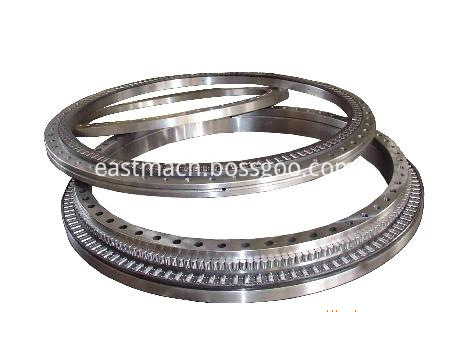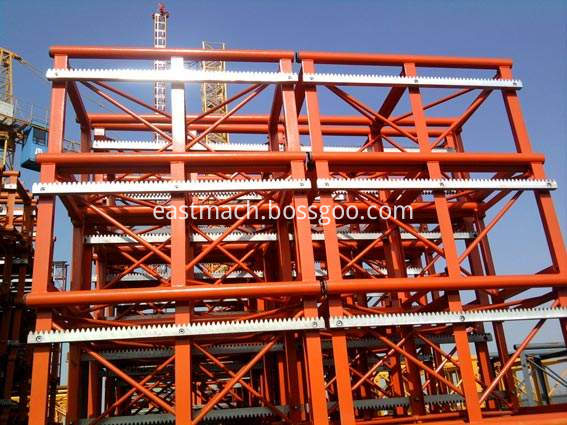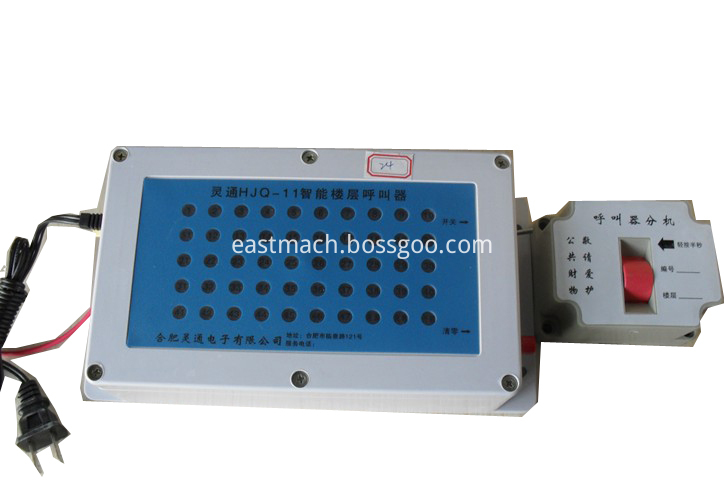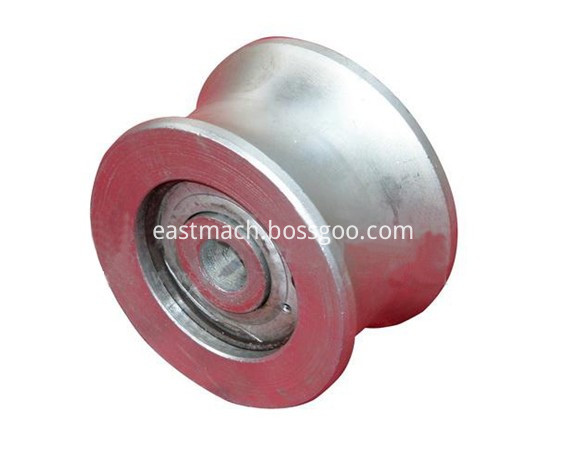In order to improve the reliability, the system adopts an electronic disk; in the program retrieval mode, the part program can be read into the memory from the electronic disk to prepare the blade for work; in the parameter setting mode, the processing parameters of the machine tool are fast forward. Speed, work speed, backlash, X-axis and B-axis zero position, and wheel dressing parameters can be easily set and adjusted. When the machine parameters are set and the machine is in the X and B axes, the automatic machining of the insert can be started. Before the blade is automatically clamped, the system automatically checks the X-axis zero position to ensure accurate feeding. If there is a slight zero deviation, the system can automatically adjust to the zero position and then automatically load; during the automatic cycle processing, the wheel is automatically trimmed according to the grinding process. The parameter setting, after grinding the set number of blades, the system automatically performs the dressing of the grinding wheel, and automatically restarts the processing after the trimming is completed. In addition, after starting the machining, the system automatically checks the correctness of the part program. The typical ceramic blade shape of the interpolation algorithm is shown in Figure 2. In order to machine the transition arc of the blade, the linear motion of the blade in the X-axis direction and the indexing movement of the blade in the C-axis direction (the axial direction thereof) must be linked. Commonly used interpolation algorithms such as point-by-point comparison method, digital integration method and cubic spline interpolation algorithm are suitable for multi-linear axis linkage curved surface processing, but it is inconvenient for blade transition arc processing of linear axis and one rotary axis linkage. The use of the following interpolation algorithm greatly simplifies the system design and ensures the processing accuracy. Take the processing of a square with a rounded blade as an example. O is the center of the blade, C is the center of the excessive arc, and AD is the working surface of the spindle. As long as the distance from the point C to the face of the grinding wheel AD is always equal to the radius of the corner of the blade, the transition arc of the blade can be machined. When the blade rotates through the angle dH, the C point moves to the C' point, the O point moves to the O' point, and the distance from C' to AD is equal to the transition arc radius, so that the processing of the blade transition arc can be simplified to the following motion model. The linkage of the two movements to machine the transition arc of the blade. Let OB=Xi, O'B=Xi+1, OC=L then dXi+1=Xi+1-Xi=-LsinHdH=-LL2-X2iLdH=-L2-Xi2dHXi+1=Xi+dXi+1 in the transition circle During arc machining, the blade rotates counterclockwise along its center O. At point E, the tool is turned to the grinding wheel working surface AD, that is, before H=0, the blade is fed negatively along the X-axis, and then the blade is fed forward along the X-axis. One of the significant advantages of this interpolation algorithm is that the M value of the blade does not change even if the radius of the inscribed circle of the blade is deviated. The parameter-programmed standard machine-clampable insert has a consistent, regular shape. For the blades with the same shape, the machining program has the same structure and only differs in the processing parameters. Therefore, the system classifies the shape of the standard blade and finds the minimum description for each type of blade. Parameters to determine the processing and processing procedures. In this way, when machining a standard blade, the operator does not need to program, just select the blade shape and enter the blade parameters, the system can automatically generate the part program and process. For example, for a square radiused blade, the minimum descriptive parameters are the inscribed circle radius and the transition arc radius. When processing a non-standard blade, it is programmed with five instructions of the system. Grinding practice shows that the interpolation algorithm proposed in this paper is very suitable for the processing of ceramic blades and carbide inserts. This interpolation algorithm greatly simplifies the design of the numerical control system and ensures the machining accuracy of the blade. The system's extremely simple command and parameter programming features make it easy to operate. (Finish) Product Parts:
Product Parts is mainly includes Tower Crane Parts and Construction Hoist Parts.
There are standard section, lifting mechanism, rotary mechanism, trolley mechanism, safety limit device, anti-falling safety device, rotary support, cab, control platform, floor call device, high-strength bolt, roller, solar energy obstacle lamp and so on.
Type of Product Parts:
Tower Crane Parts
Construction Hoist Parts
If you have any questions, please contact with us directly. Product Parts are produced with High Quality and Good Appearance. Welcome you can visit our Factory. For inqury, Please send mail directly to us.
Tower Crane Parts,Lift Platform Parts,Construction Hoist Parts,Platform Elevator Parts Jinan East Machinery Co.,Ltd. , https://www.jneastmach.com






Research and Analysis on Numerical Control System for Blade Grinding Production